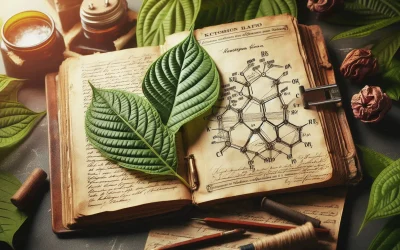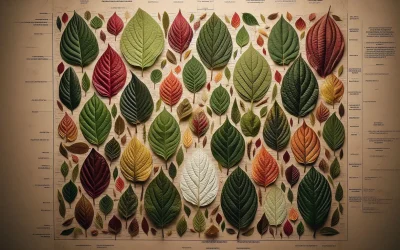During the colonial era, the Kratom trade underwent a transformation as European traders encountered the plant in Southeast Asia. This article delves into how colonialism shaped the cultivation and export of Kratom, introducing it to broader markets.
Kratom Harvesting and Cultivation Techniques Through History
From hand-picking leaves in the dense jungles of Southeast Asia to the use of modern machinery, Kratom cultivation has evolved significantly over time. This article traces the traditional methods of harvesting Kratom and examines how advancements in technology have responded to increasing global demand while preserving the plant’s natural qualities.
The Role of Kratom in Traditional Ceremonies and Rituals
This article highlights Kratom’s role in traditional ceremonies, from communal gatherings to sacred rituals. Discover how Kratom was often shared in social settings to foster unity and connection among communities
The Science Behind Kratom: Historical Discovery of Its Alkaloids
The scientific exploration of Kratom began in the 19th century, with researchers uncovering the plant’s key alkaloids, mitragynine and 7-hydroxymitragynine. This article examines the history of scientific discoveries surrounding Kratom.
Kratom Strains and Their Historical Origins
Kratom’s diverse strains, such as Maeng Da, Borneo, and Bali, are closely linked to their geographical origins in Southeast Asia. This article provides a historical overview of Kratom strains, exploring how regional climates, soil conditions, and traditional cultivation practices have given rise to unique strains.






